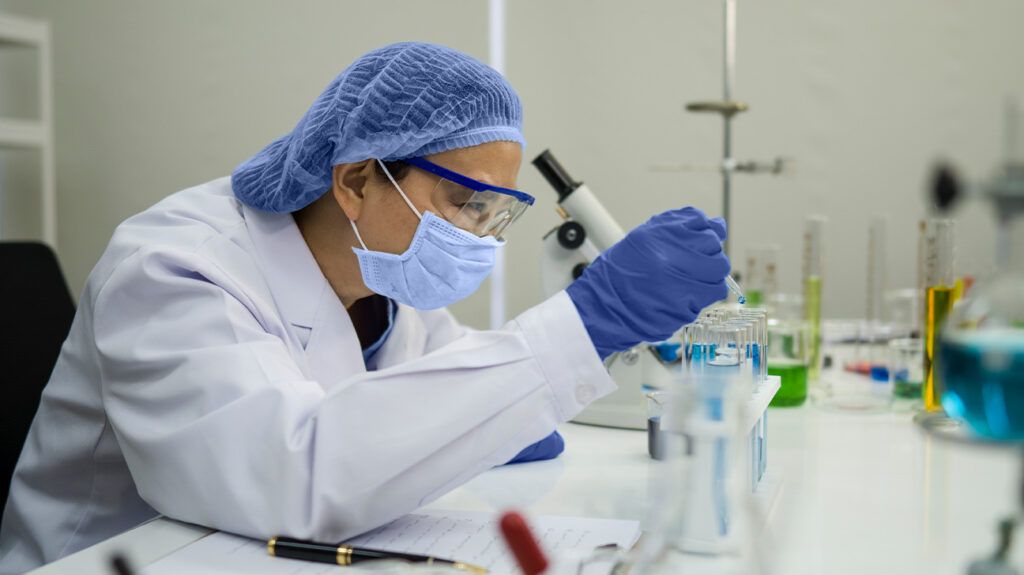Advances in α-synuclein PET Imaging Offer Hope for Early Parkinson's Disease Diagnosis

Recent research publications in Genomic Psychiatry highlight significant progress in developing positron emission tomography (PET) tracers designed to visualize α-synuclein protein aggregates within the brains of individuals affected by Parkinson's disease and related neurodegenerative disorders. The accumulation of α-synuclein is a hallmark of synucleinopathies, including Parkinson's disease (PD), multiple system atrophy (MSA), and dementia with Lewy bodies (DLB). Traditionally, confirming the presence of these protein engrams required post-mortem analysis, limiting opportunities for early diagnosis and real-time disease monitoring.
However, breakthrough developments in PET tracer technology now enable the non-invasive detection of these pathological proteins in living patients. Dr. Fang Xie from Fudan University's Department of Nuclear Medicine emphasizes the importance of this advancement, stating that effective radiotracers capable of imaging α-synuclein could revolutionize diagnosis, disease progression tracking, and treatment evaluation.
The review article details recent promising candidates such as [18F]F-0502B, [18F]C05-05, and [18F]ACI-12589. Notably, [18F]C05-05 has successfully visualized α-synuclein in patients with clinical diagnoses of PD and DLB, especially highlighting increased binding in the midbrain—a region commonly impacted by Lewy body pathology. Its binding intensity corresponded with motor symptom severity, demonstrating its potential as a biomarker.
Similarly, [18F]ACI-12589 has shown efficacy in differentiating MSA from other neurodegenerative diseases by exhibiting higher retention in cerebellar white matter in MSA patients.
Despite these promising results, challenges remain. Variability in α-synuclein conformation and distribution across different disorders can complicate the creation of universally effective tracers. Researchers believe these imaging tools could play a critical role in clinical trials by stratifying patients according to their biological profiles and serving as biomarkers for assessing the impact of emerging disease-modifying therapies.
Lead researcher Dr. Yingfang He underscores the rapid translation of laboratory discoveries into potential clinical applications. He highlights that these technological advances could enable earlier intervention, potentially before irreversible neurodegeneration occurs. As neurodegenerative diseases become more prevalent with an aging population, developing reliable imaging biomarkers like these could dramatically influence diagnosis, personalized treatment strategies, and therapeutic development.
Source: https://medicalxpress.com/news/2025-04-synuclein-pet-imaging-illuminates-path.html
Stay Updated with Mia's Feed
Get the latest health & wellness insights delivered straight to your inbox.
Related Articles
States Take Leadership in Protecting Patients from Medical Debt Amid Federal Policy Rollback
With federal efforts to protect Americans from medical debt waning, states are stepping up to strengthen patient protections, though facing industry opposition and legislative hurdles. Learn how states are shaping the future of medical debt relief.
Cancer Cells Use Alternative Mechanism to Acquire Protective Lipids and Avoid Cell Death
Researchers have discovered that cancer cells use a unique GAG-based pathway to acquire antioxidant lipids like vitamin E, helping them survive stress and resist cell death. Blocking this pathway could lead to new targeted therapies for cancer.
Exploring Cancer Drugs as Potential Treatment for Alzheimer’s Disease
Emerging research suggests that existing cancer medications, letrozole and irinotecan, may help reverse brain changes in Alzheimer’s disease, offering a promising new treatment avenue.



